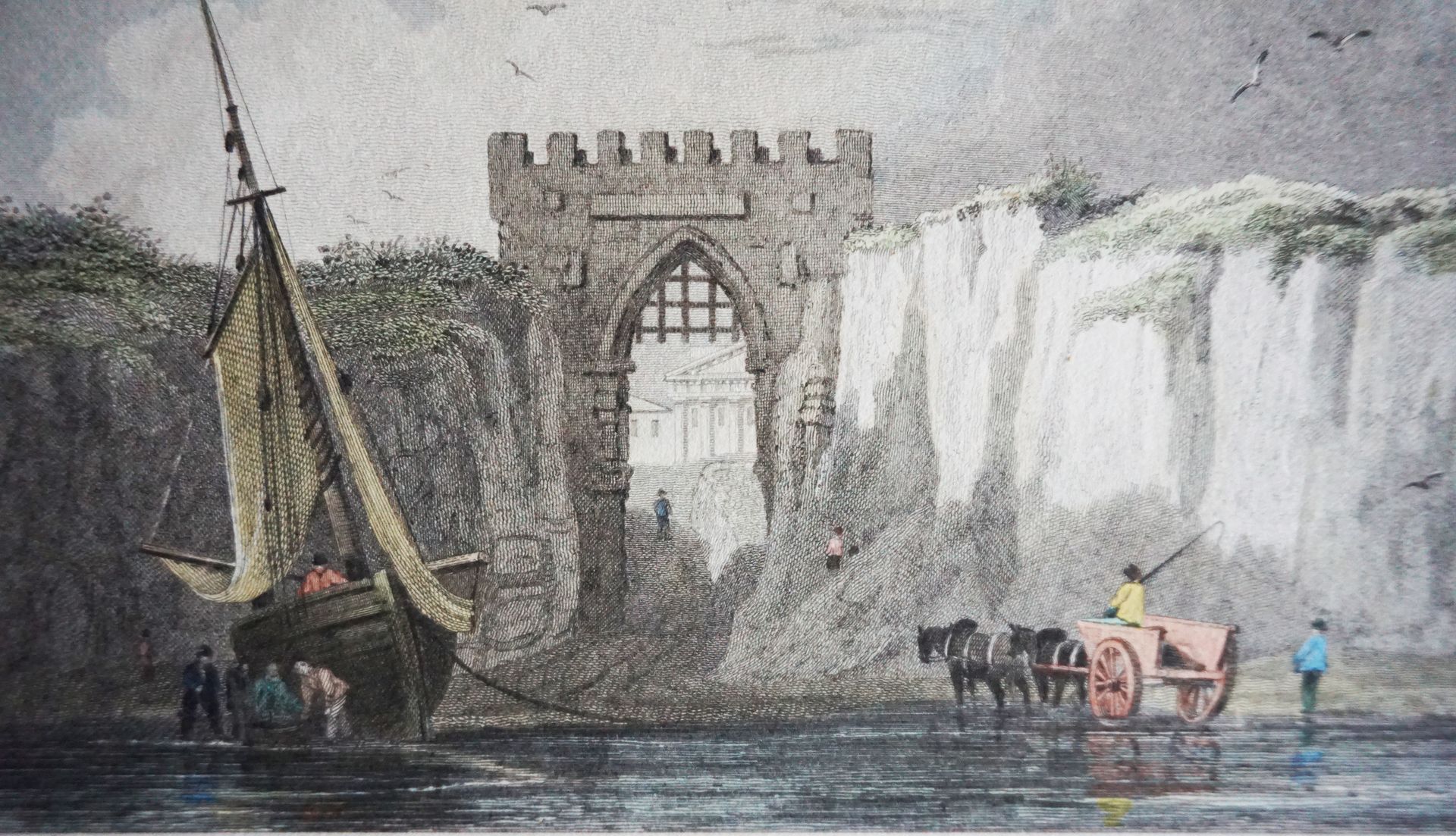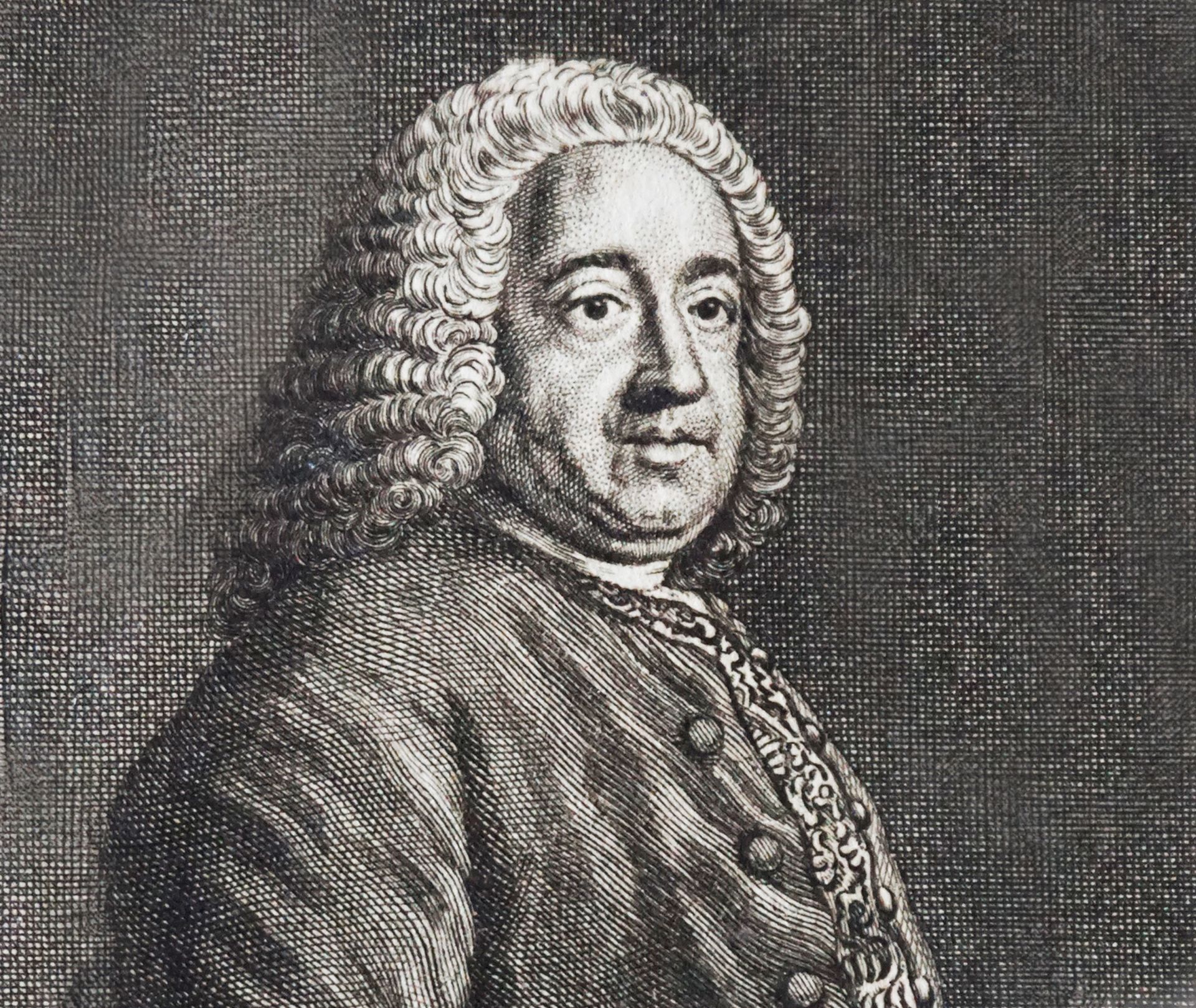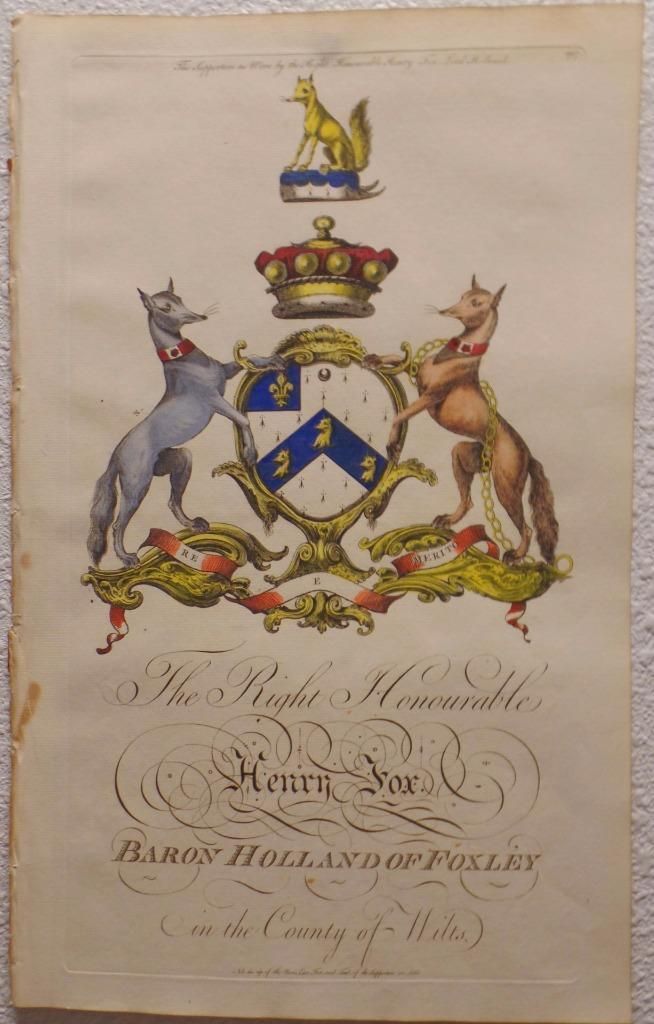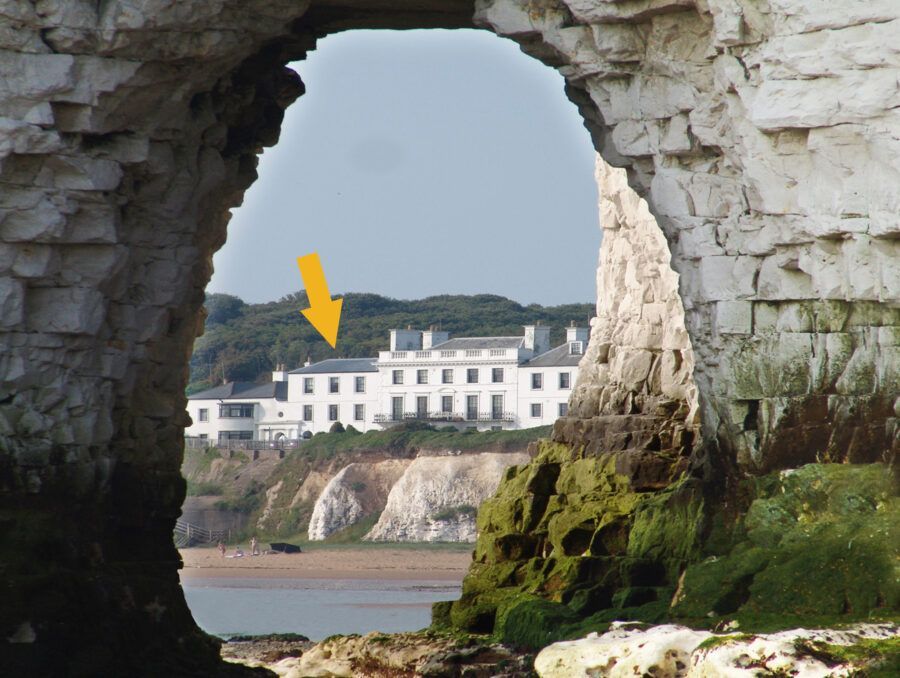
around 1828
about 1804
around 1793
around 1793
Former Glory

Holland House is nestled between the Captain Digby Inn and Kingsgate Castle, both remnants of the 1st Baron Holland’s 18th-century architectural follies. Notable former residents include artist Sir Luke Fildes, author William Makepeace Thackeray, and the Duke and Duchess of Fife.

Holland House, built between 1761 and 1768, was home to Lord Holland in 1762. Not content with just a sea view, he created several stone follies, including coastal lookouts, a castle, a burial mound, a battle site named ‘Hack ’em Down,’ a convent, and an inn now known as Captain Digby Pub, named after a friend, Captain Digby.
Holland House was once accessed via a stone-arched gate. Kingsgate, originally named Barthelmas Gate, was renamed after King Charles I’s forced landing due to a storm. This gate now stands near the reconstructed convent on the grounds beside the golf course.
Lord Holland’s son, Charles James Fox, inherited the house and later became a founder of the Liberal Party. Known for his womanizing, drinking, and gambling with socialites likeGeorgiana Spencer, Duchess of Devonshire (an ancestor of Princess Diana the first wife of Prince Charles, the king of the United Kingdom), Fox’s excesses led to the sale of the house.
In 1807, speculators bought the property with plans to convert it into a hotel, but the project was never realized. The house was later altered, with the portico removed and divided into three separate dwellings.
During WWII, the Army occupied the property, and the residents were evacuated.



